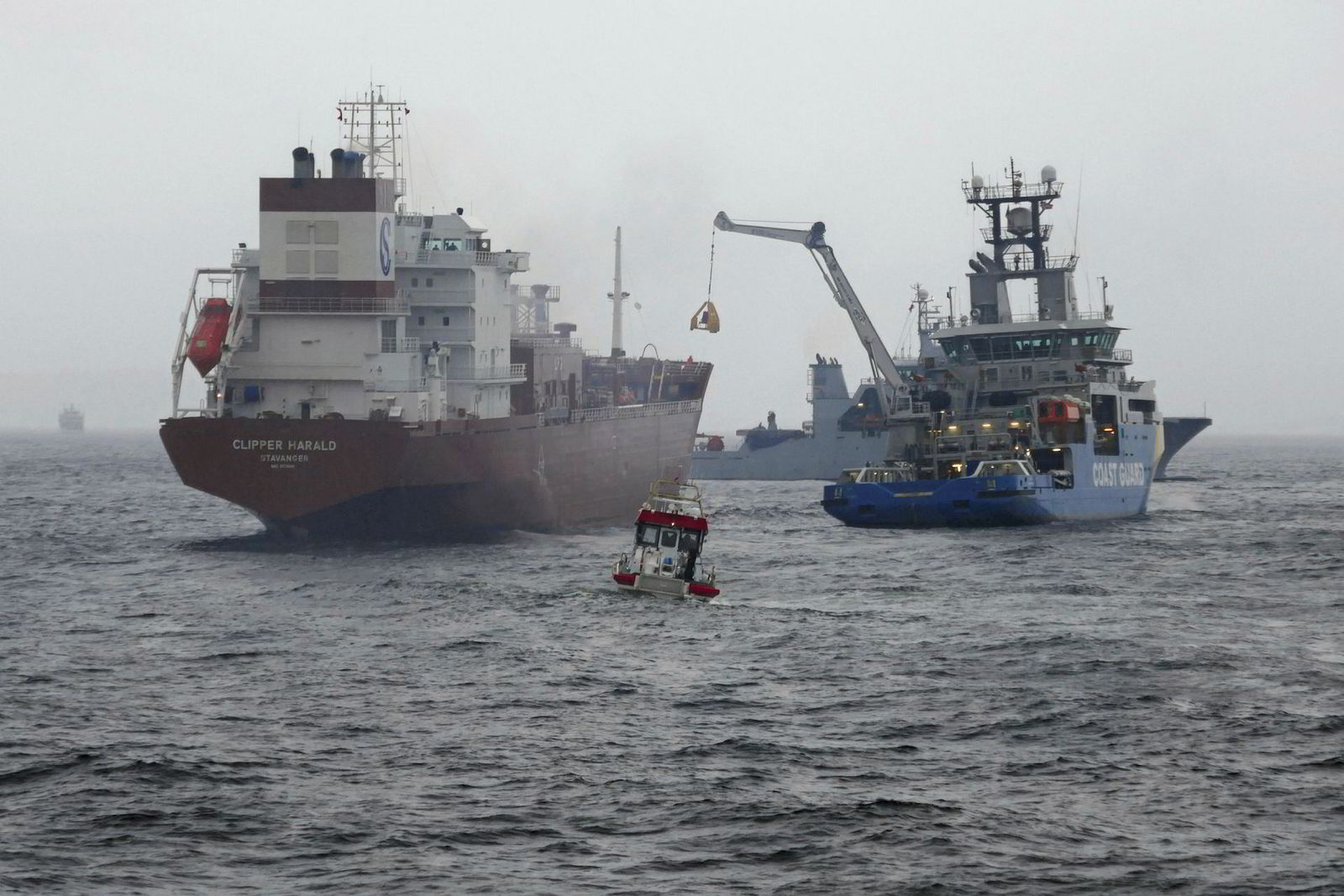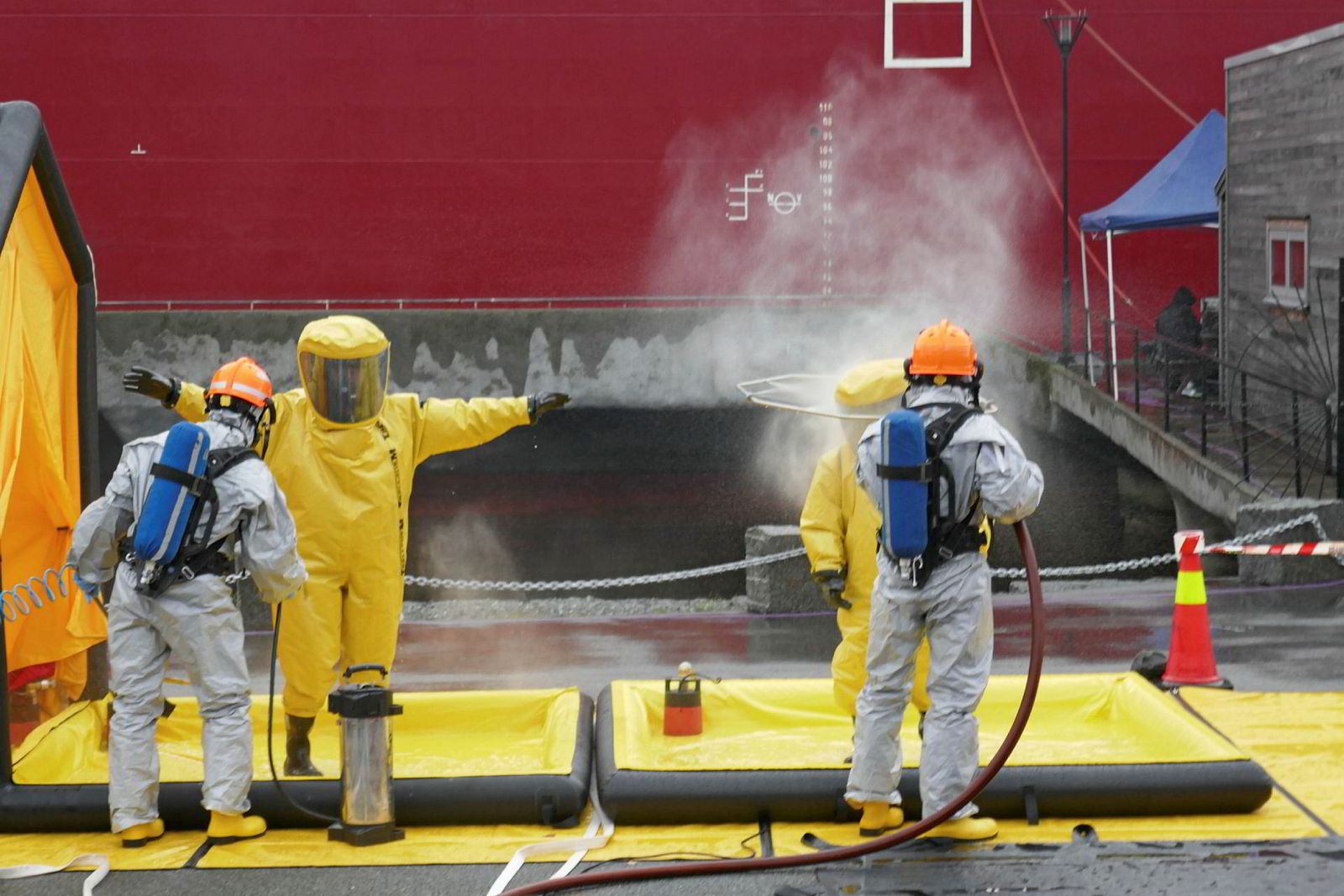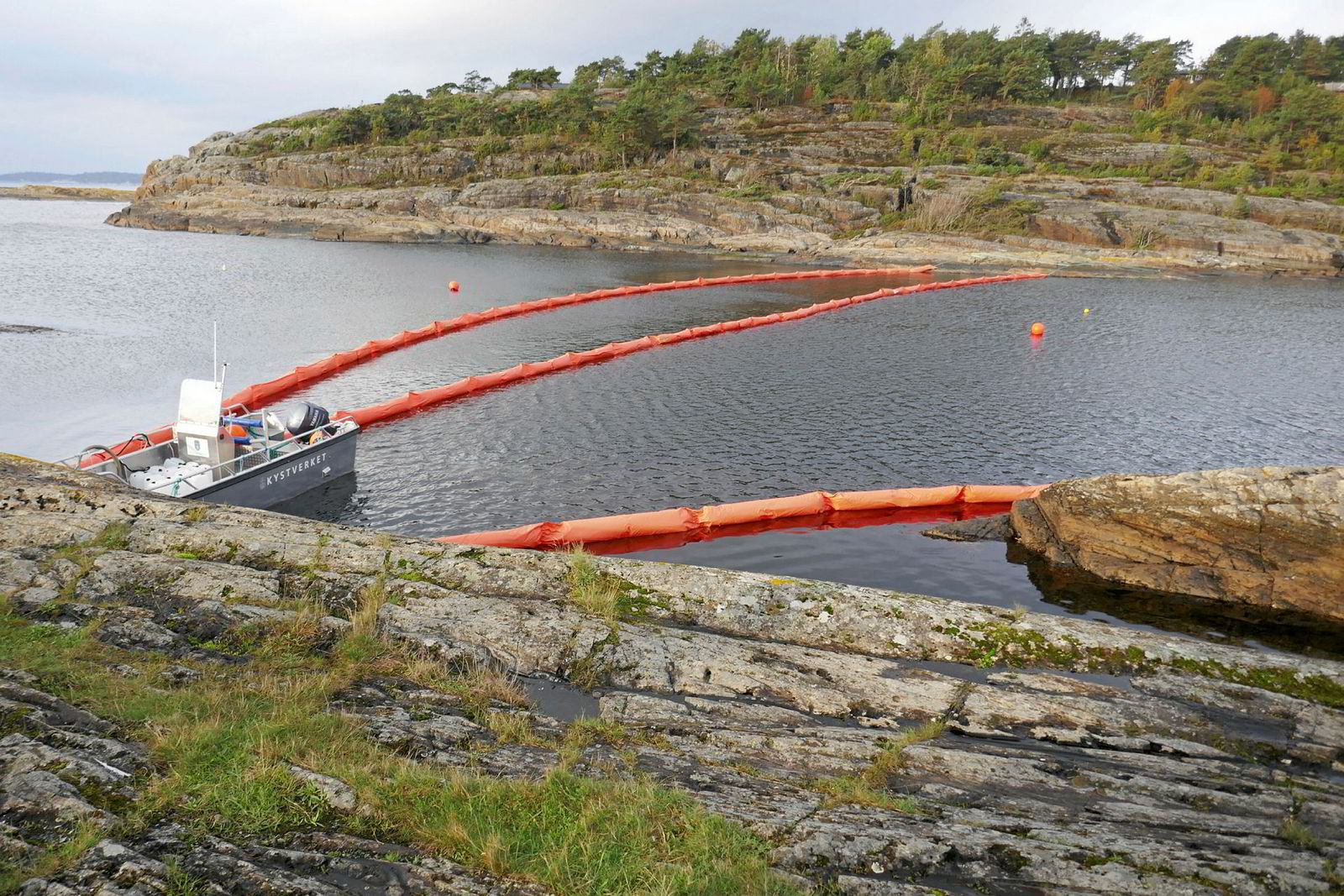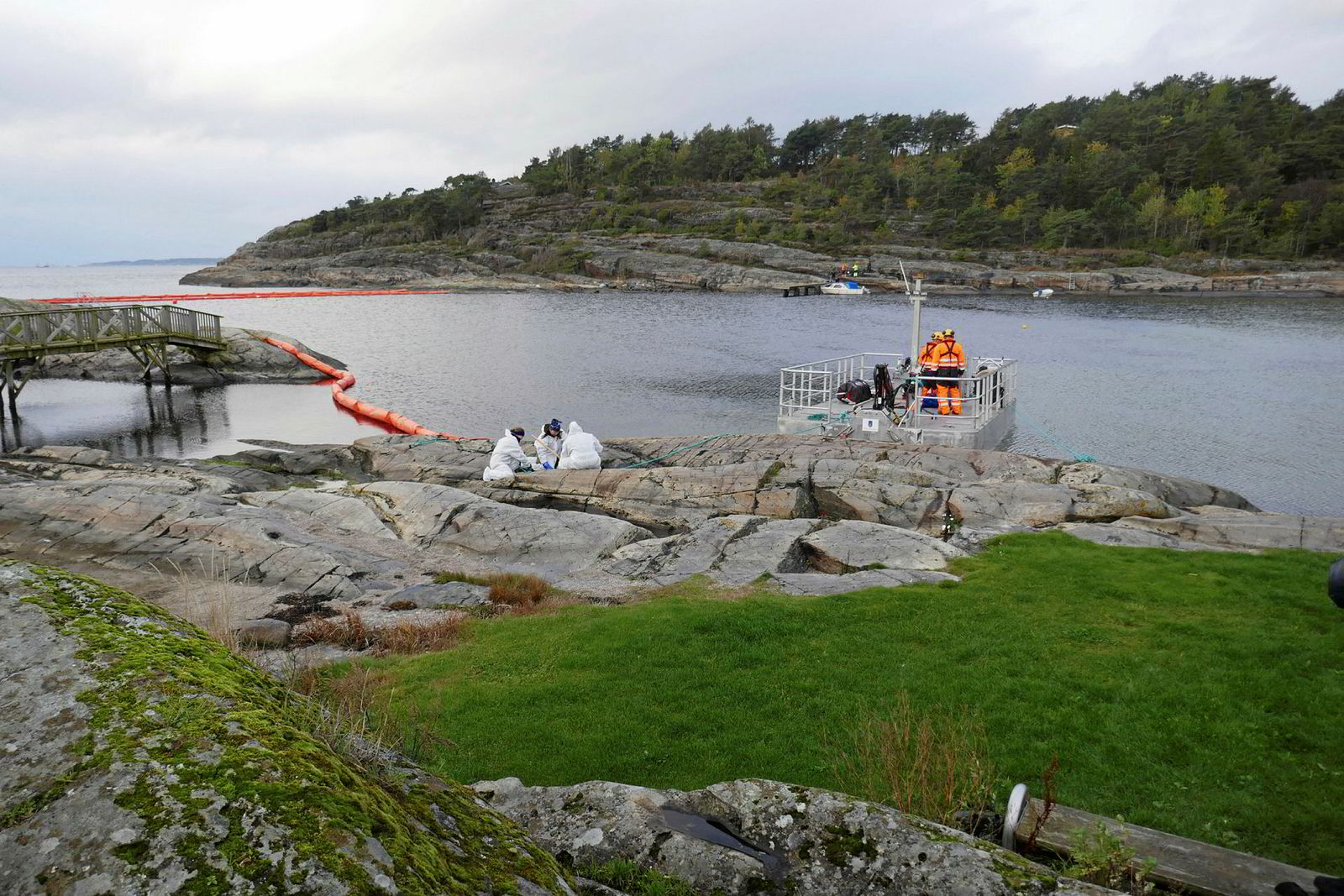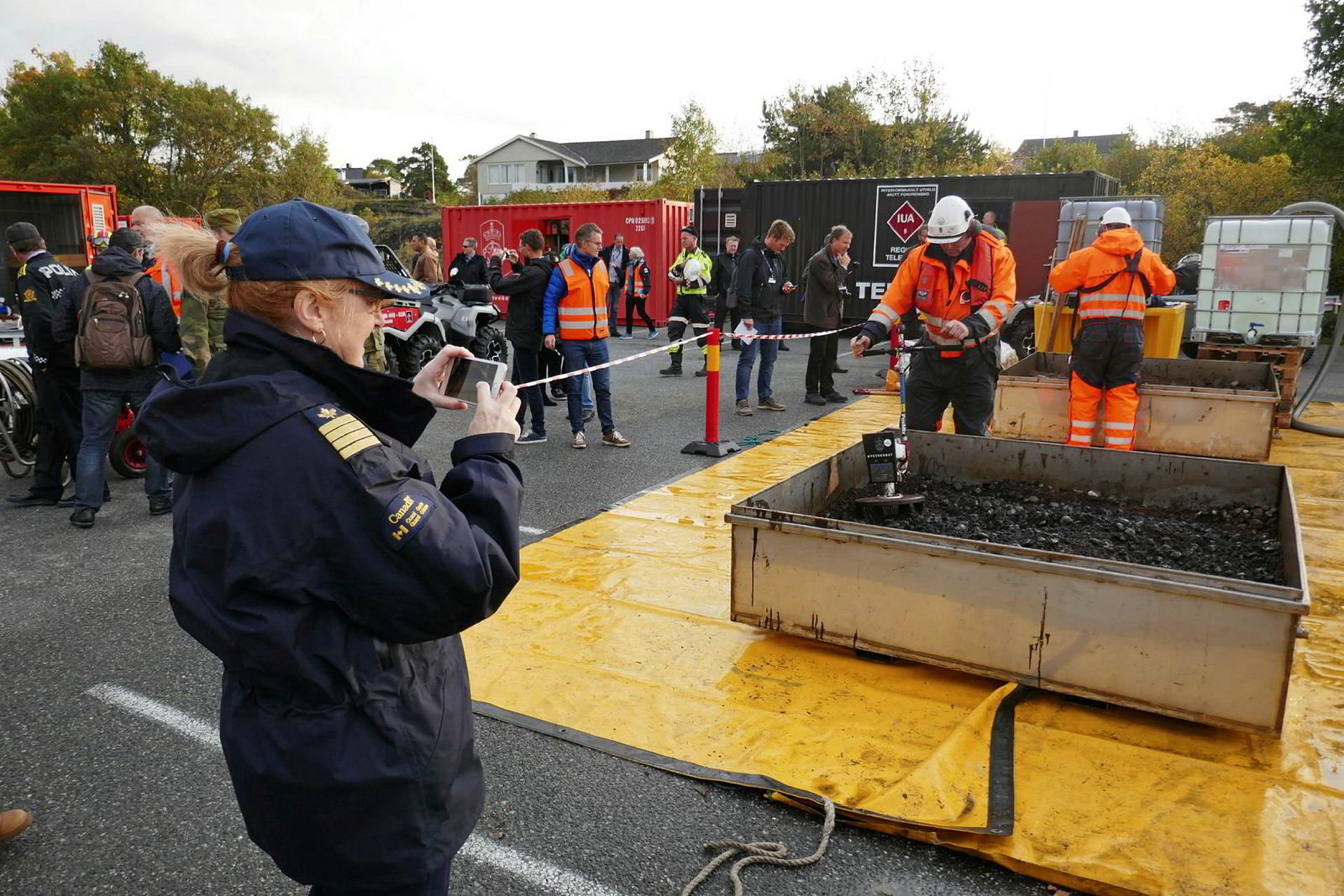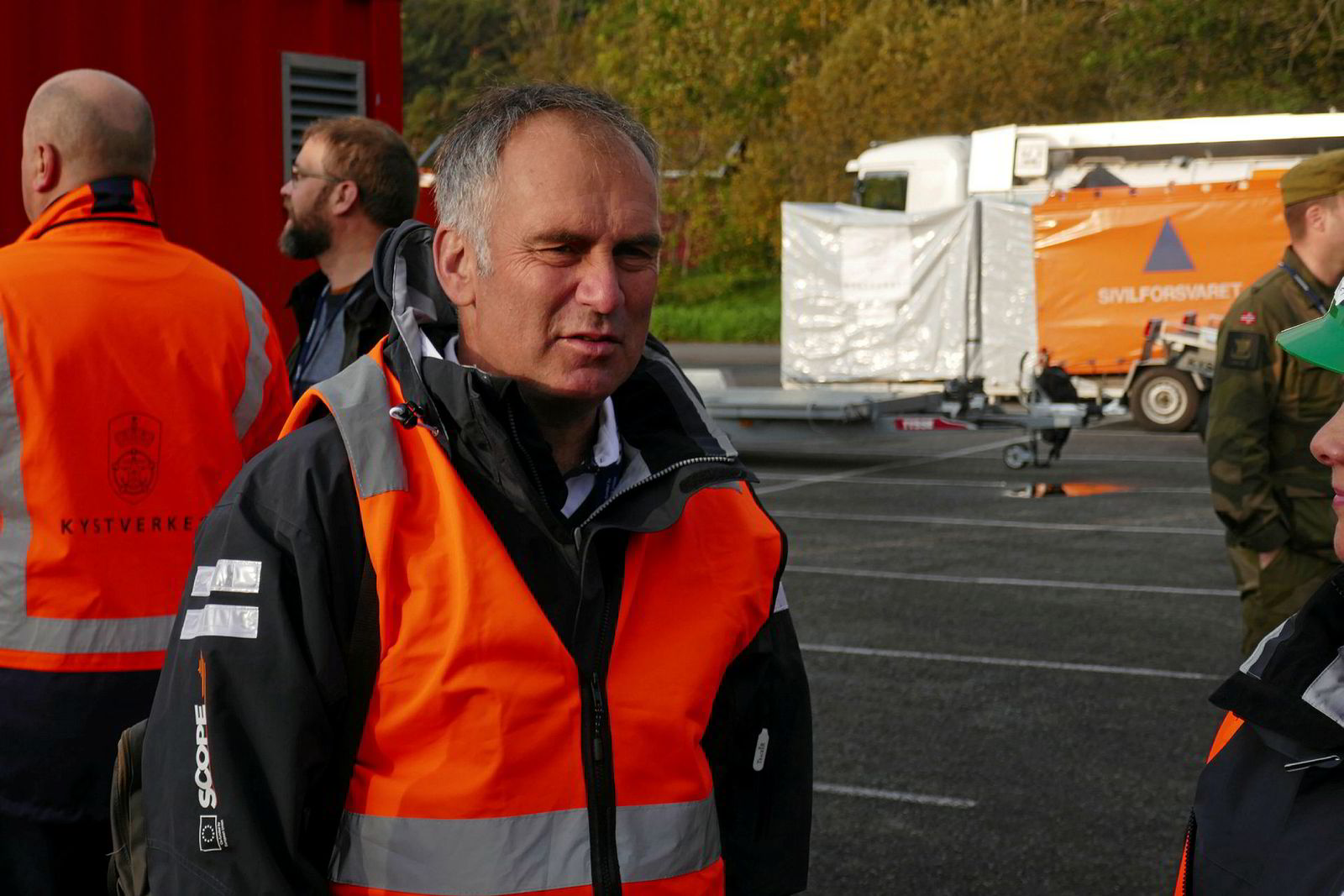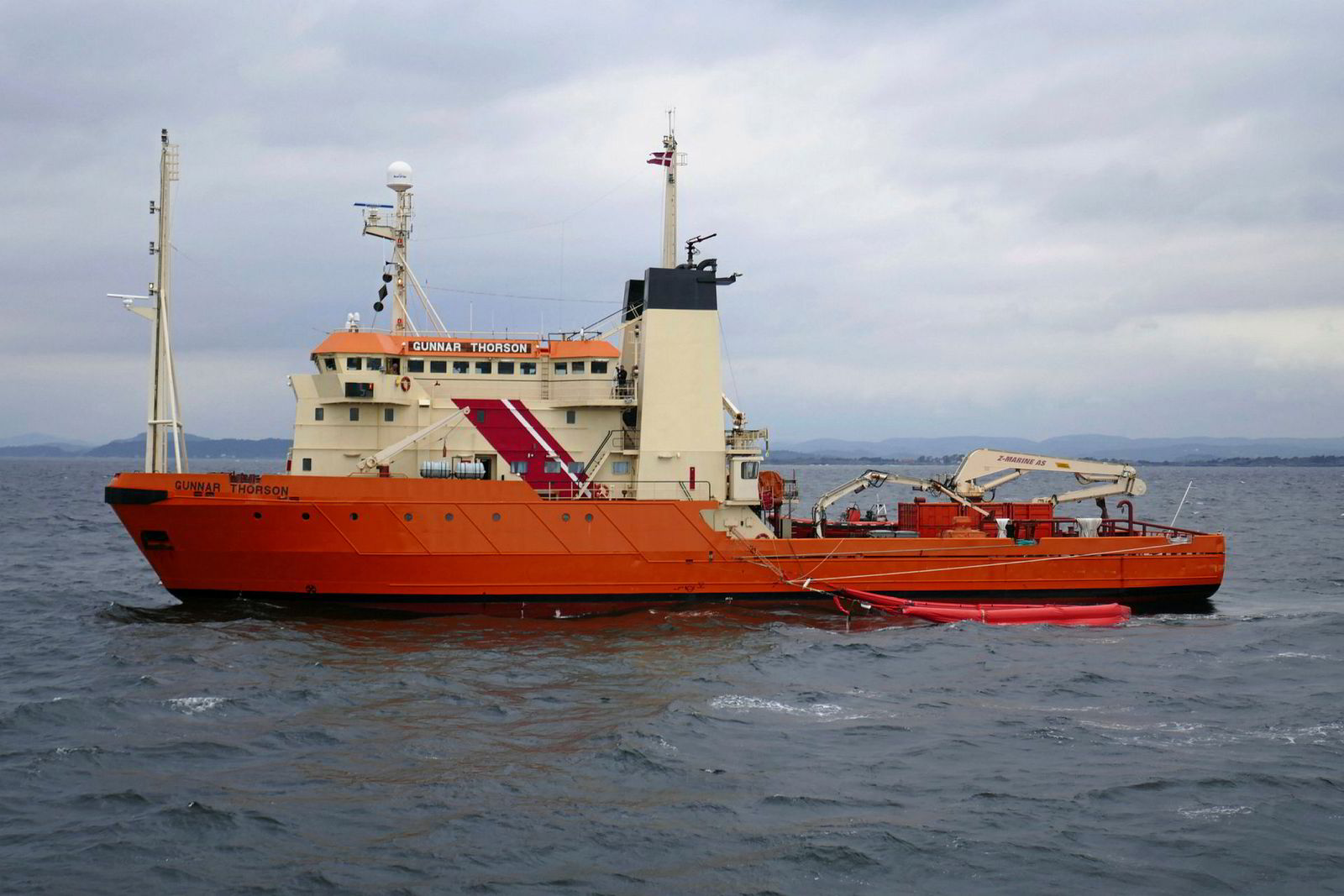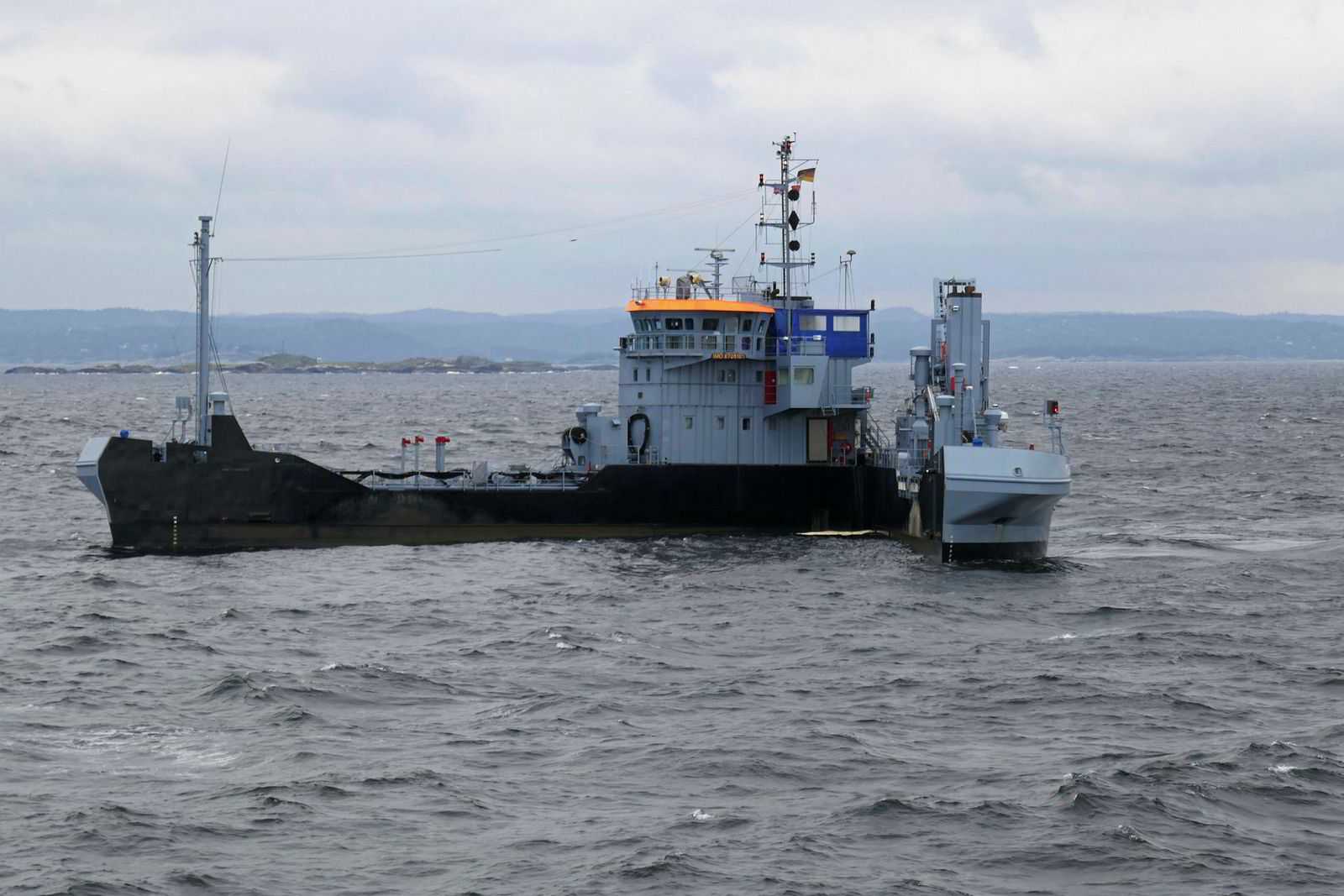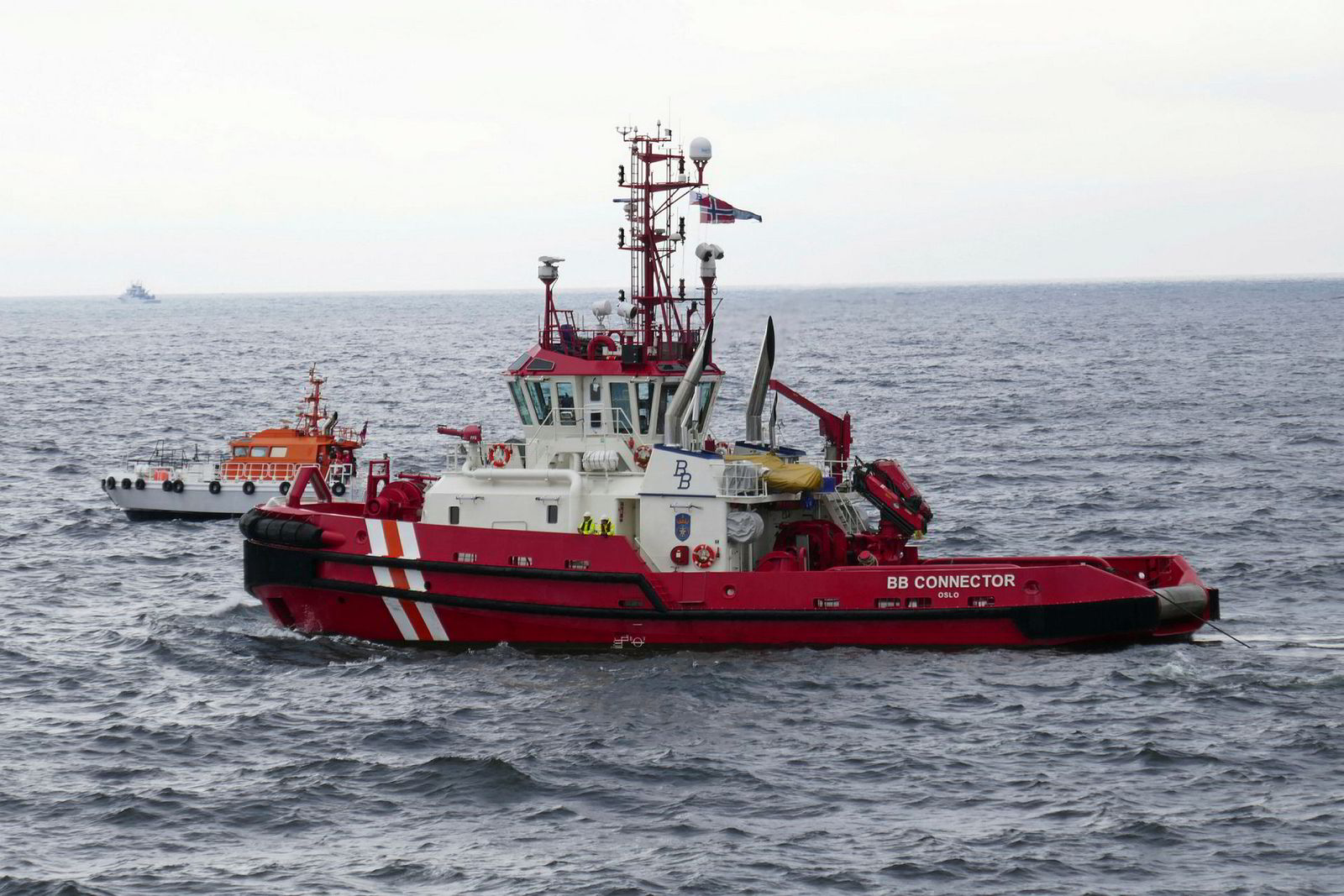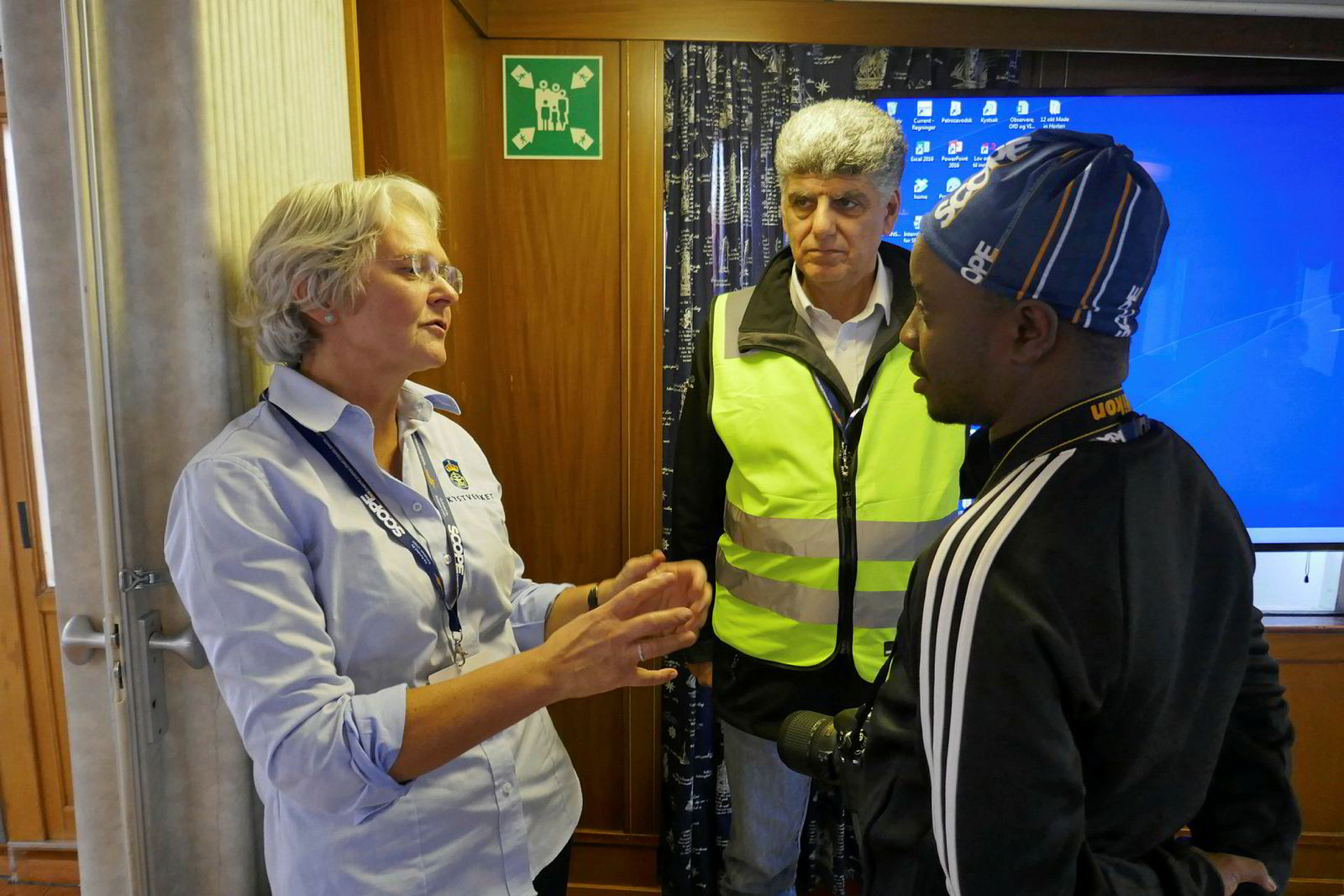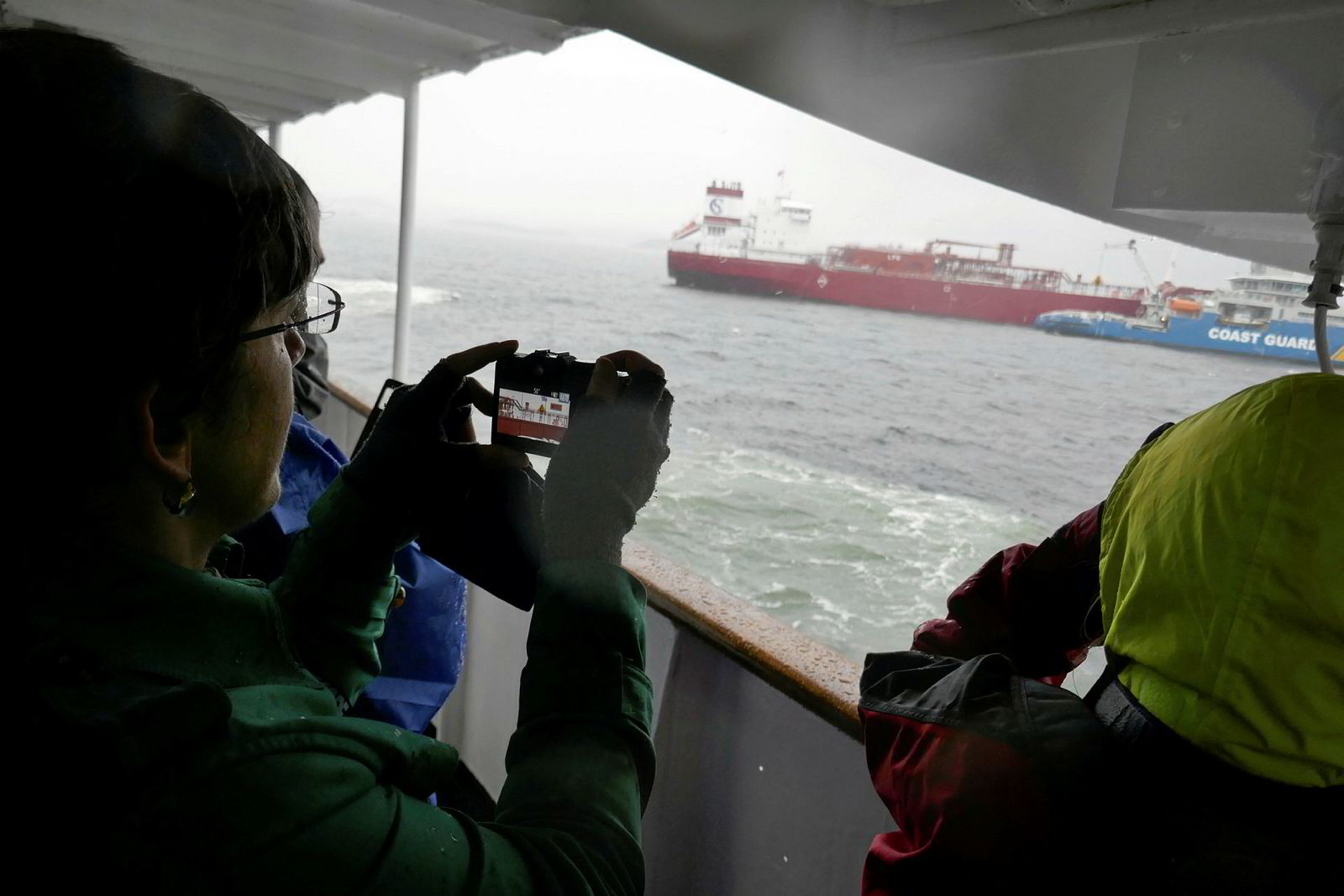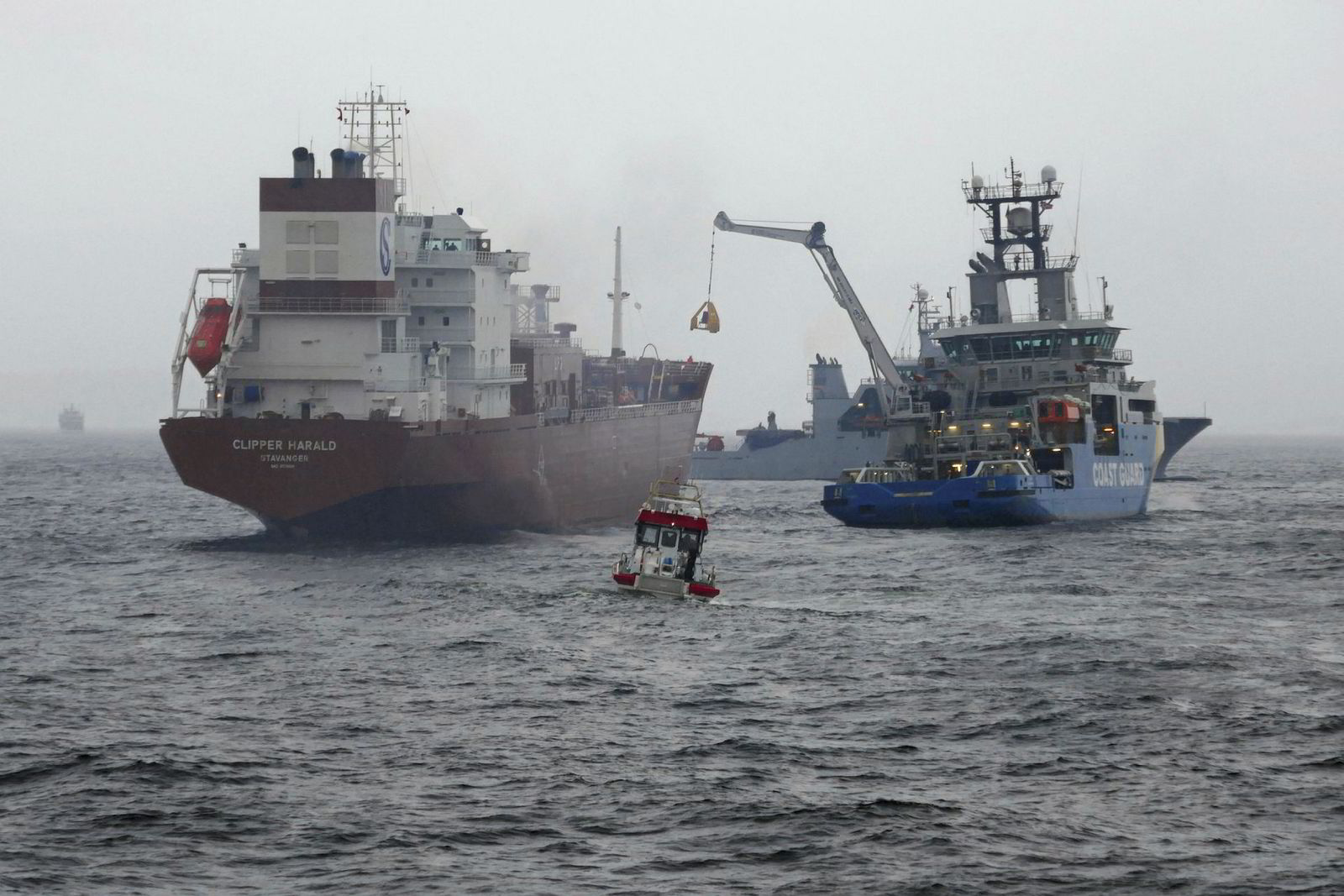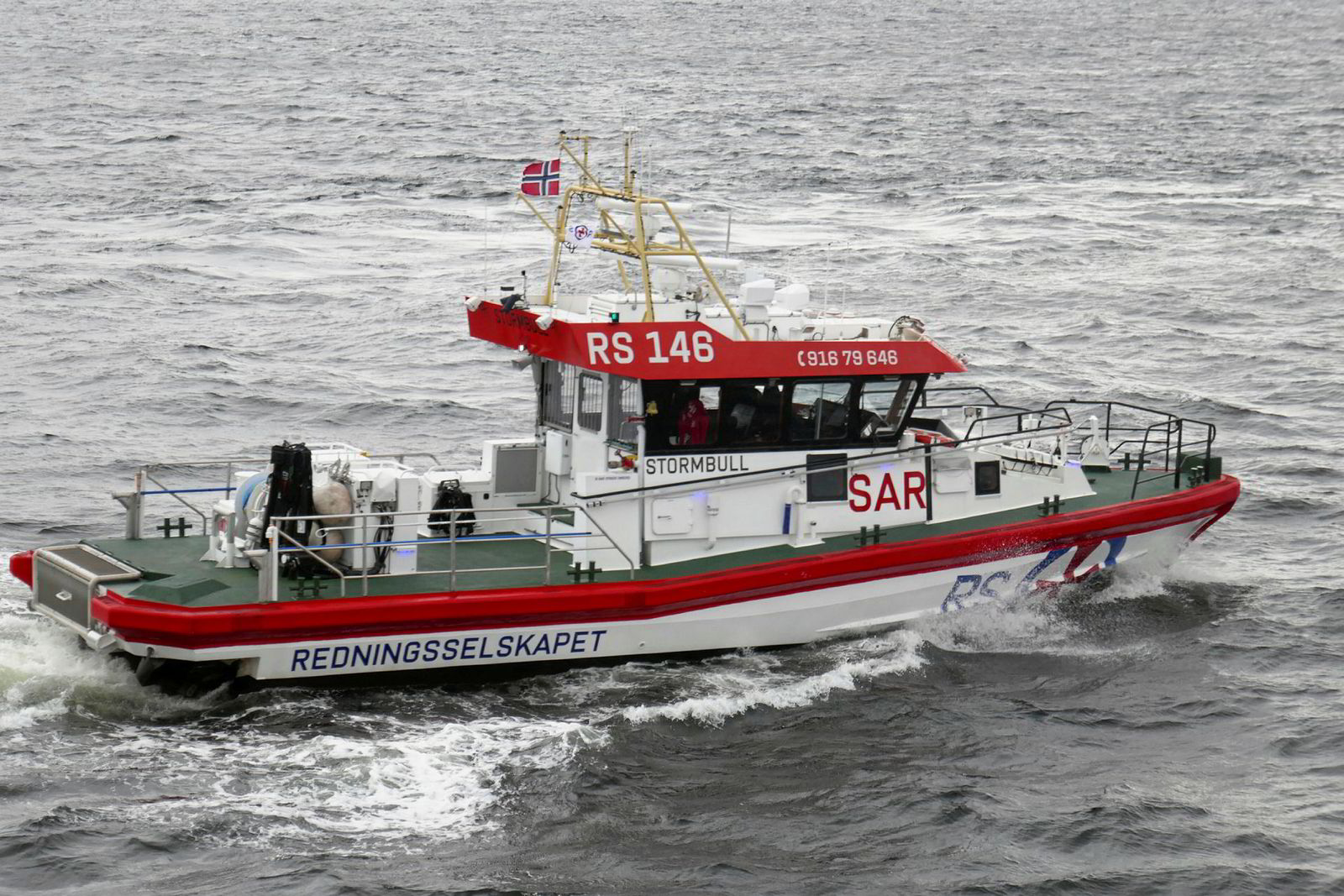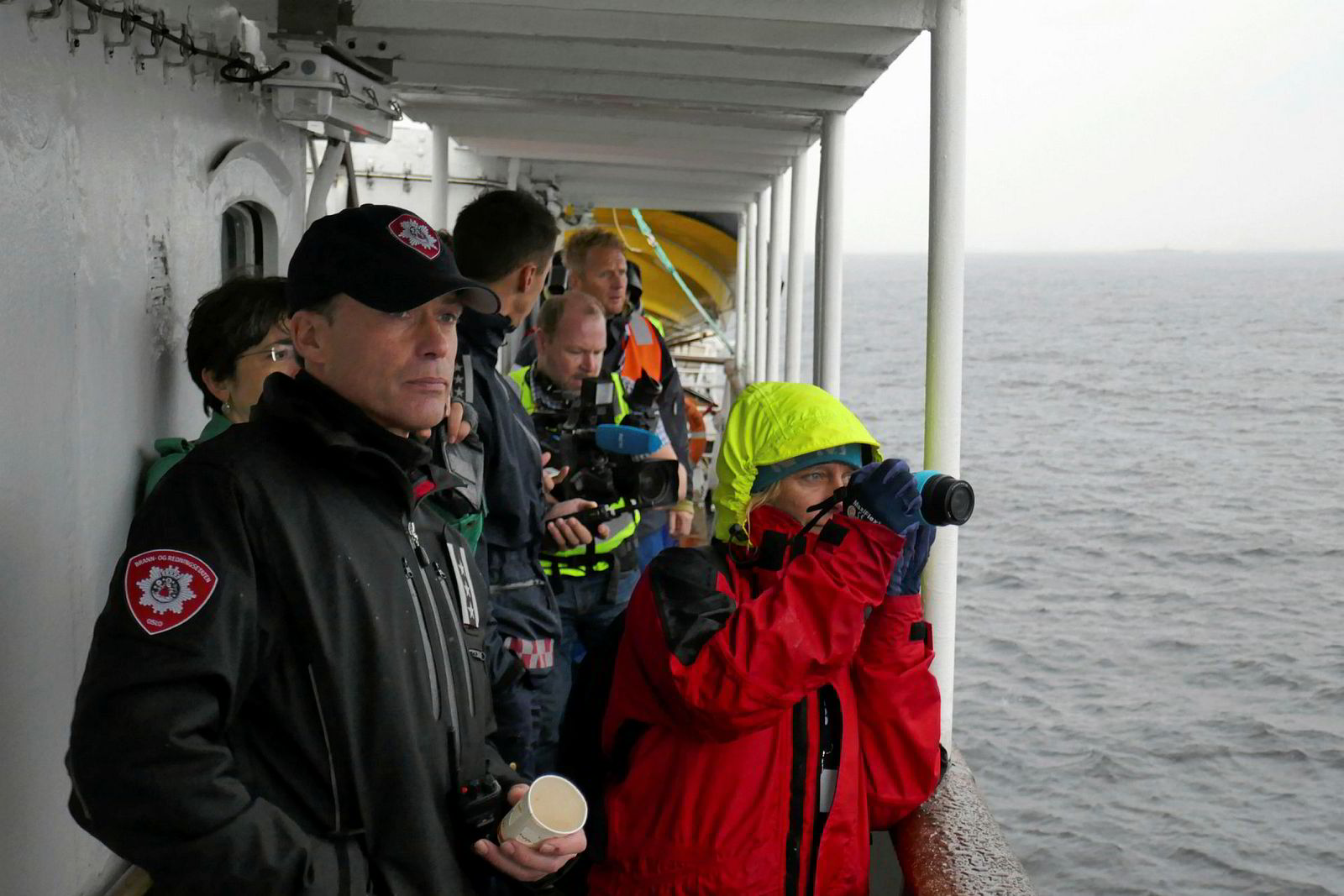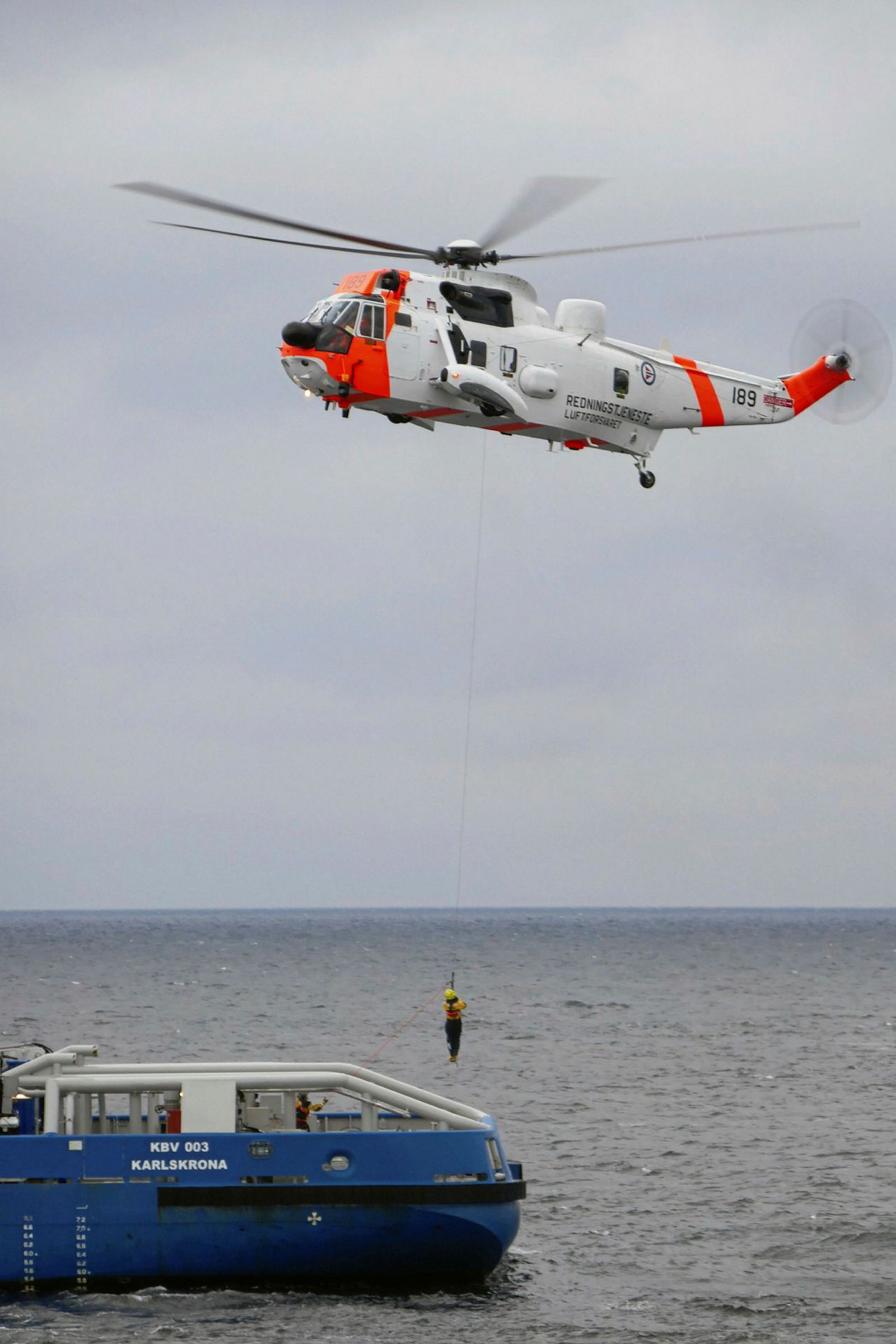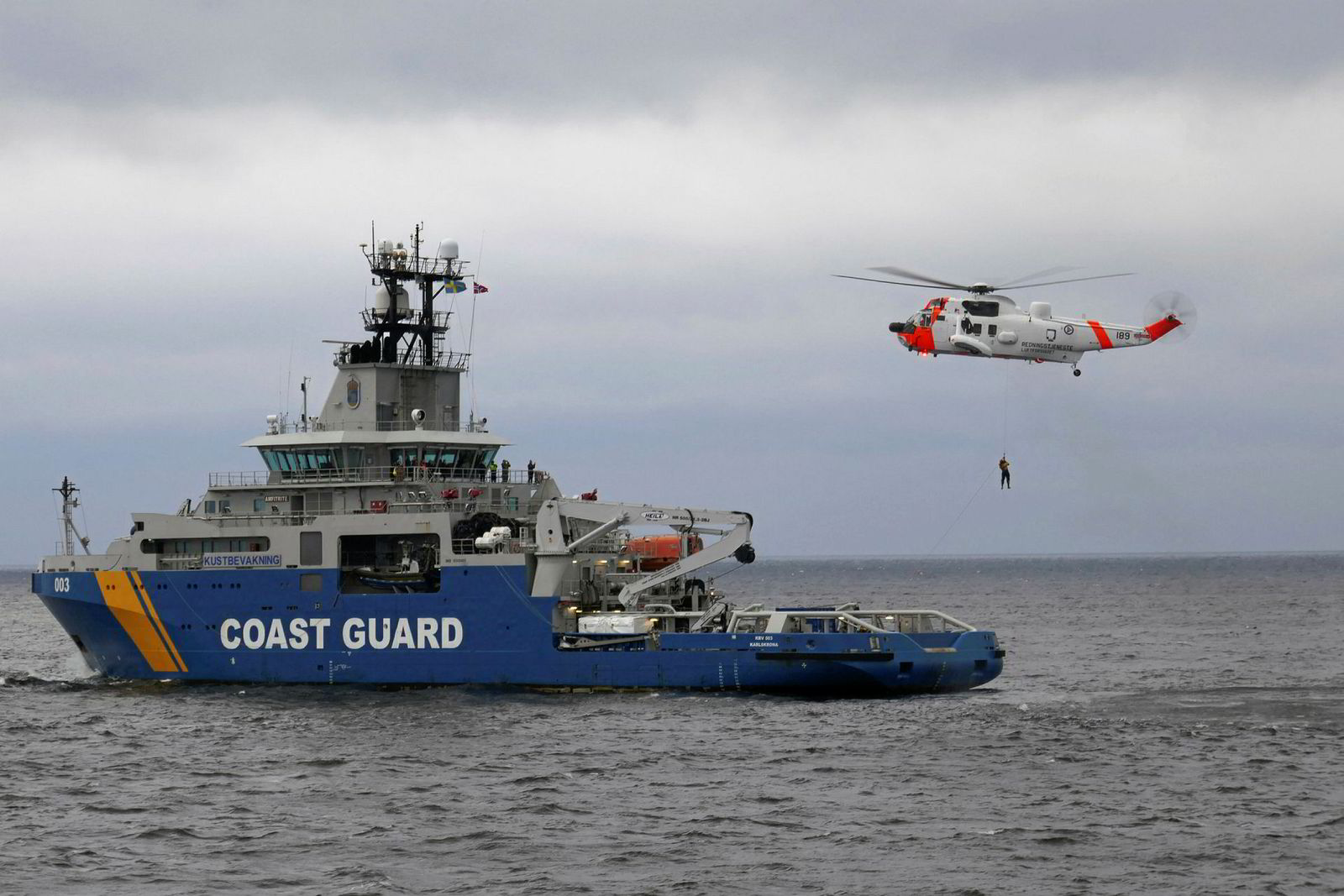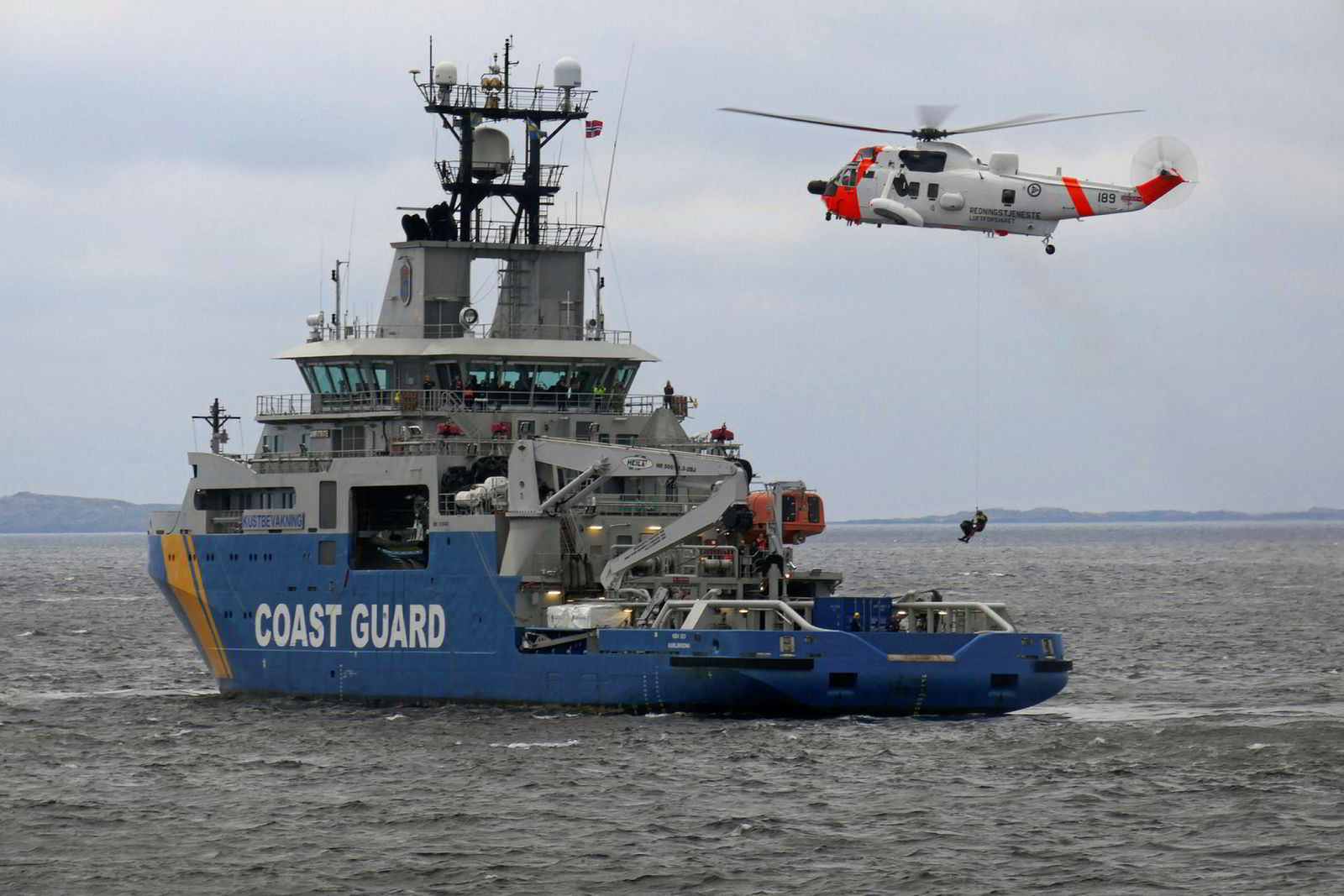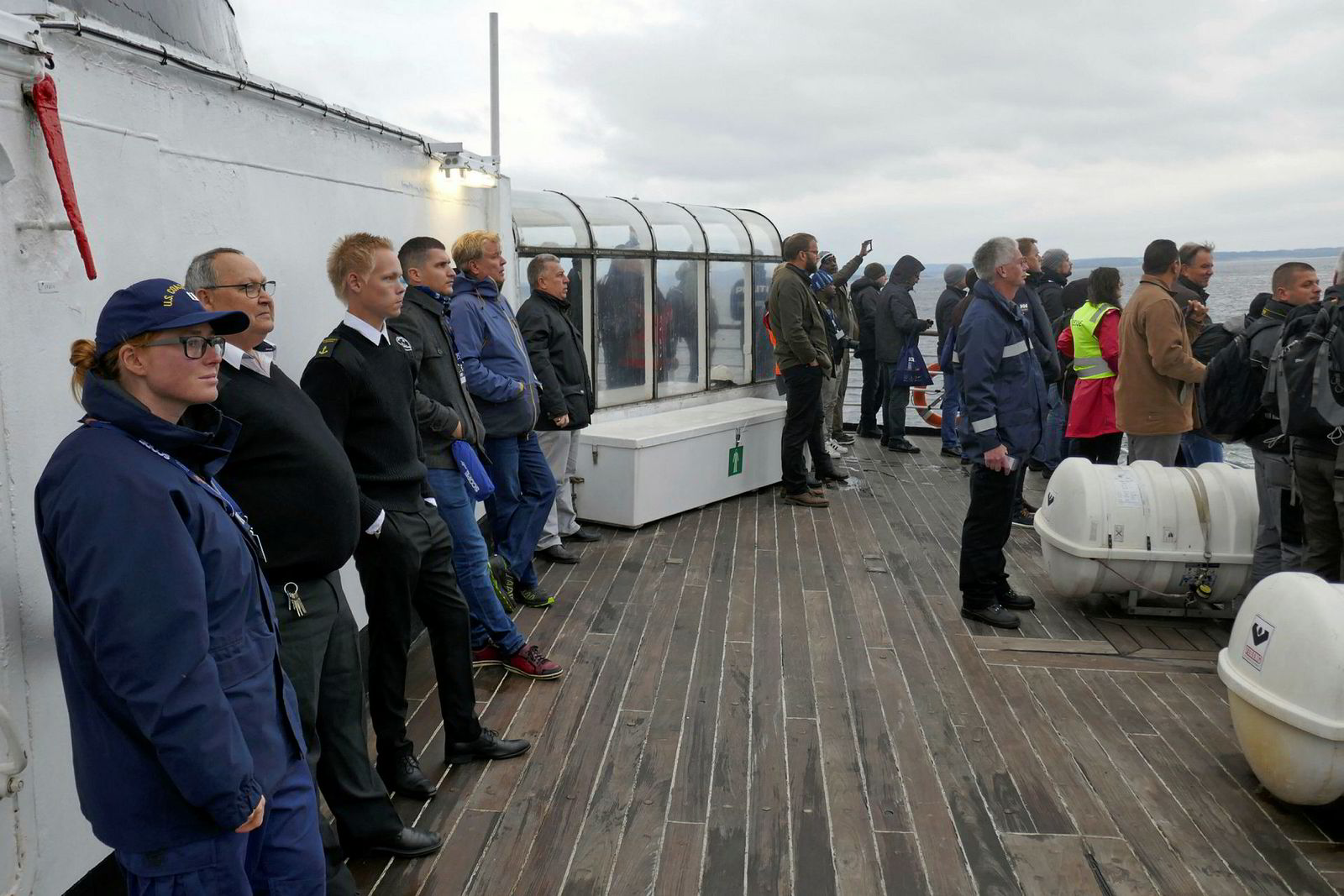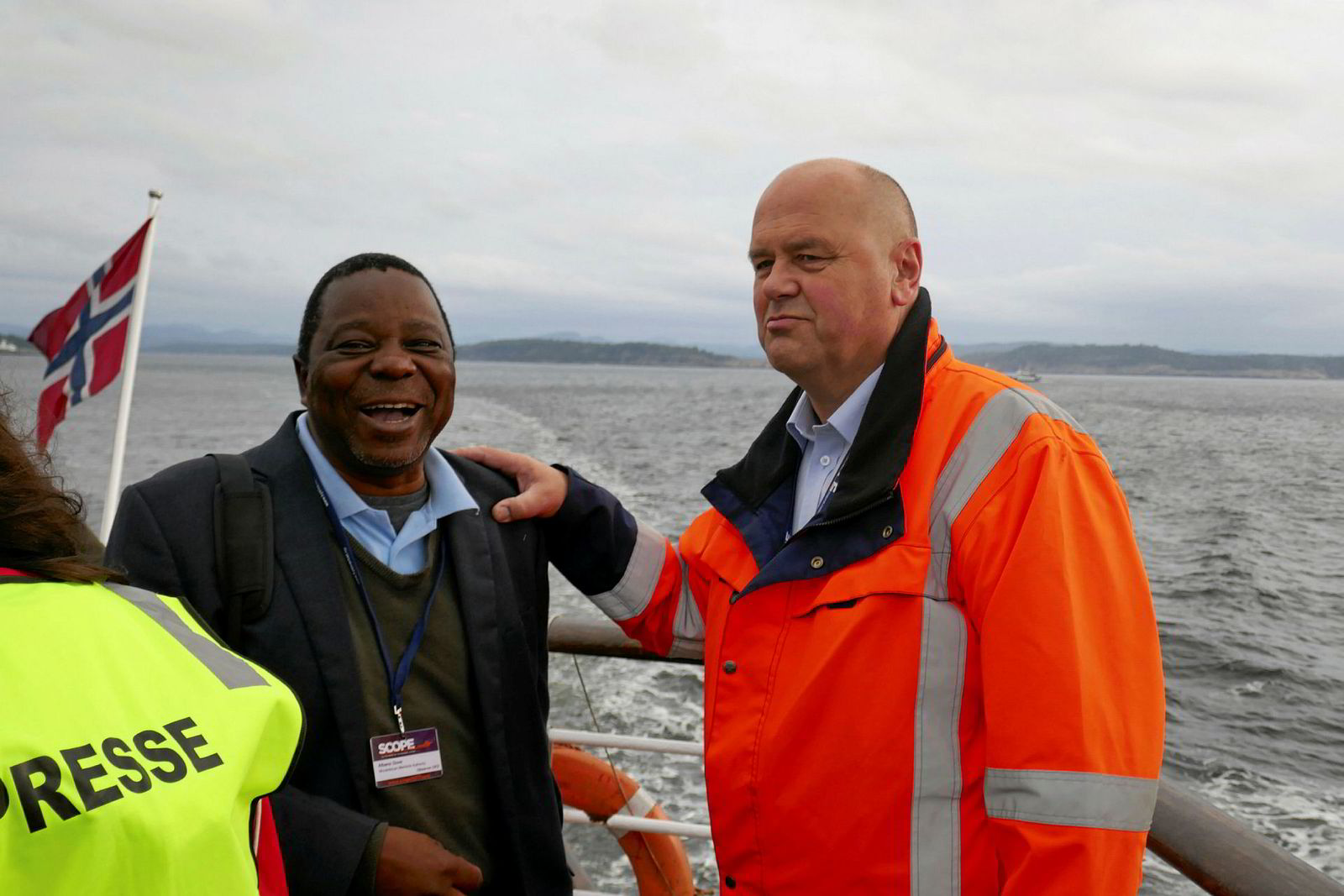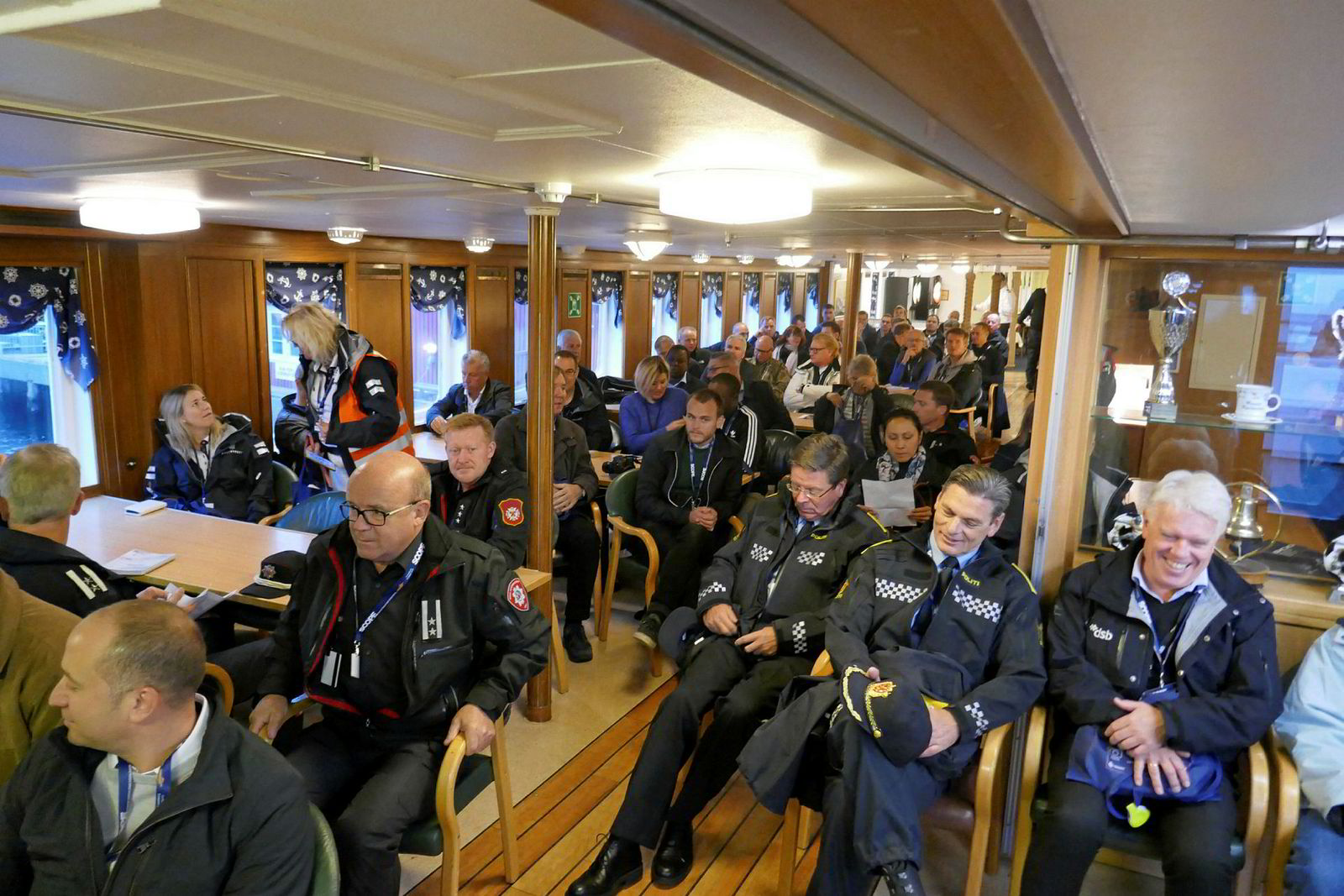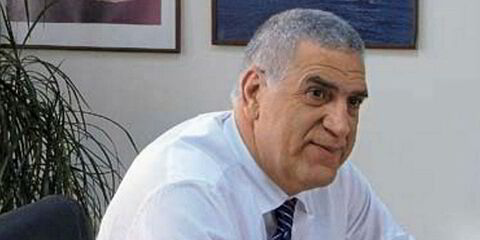Hundreds of emergency responders snapped into action at sea, on land and in the air off Norway last week during one of Europe’s largest oil-spill exercises.
Multinational co-operation is essential for saving lives and the environment in today’s modern oil spills because no single country will be able to tackle a truly major incident all on its own. That was one of the primary messages from the Norwegian Coastal Administration (NCA) as it hosted what was the largest oil-spill exercise in the country's history.
The event was the Skagerrak Chemical Oilspill Pollution Exercise (Scope) 2017, although the word “exercise” is misleading if taken to imply only a “dress rehearsal”.
While Scope 2017 unfolded over just three days, with 36 hours of continuous response operations, this occurred after nine months of intensive planning. Another 15 months will be spent evaluating the outcome of the two-year project, with results expected in December 2018.
“We stress that this is a learning exercise and not just a test,” NCA senior advisor Ole Kristian Bjerkemo told TradeWinds on the sidelines of Scope 2017.
“Some people may complain that the exercise goes too slow or it is not real life but that, actually, is the point: to test what we do, try out things and really learn from this.”
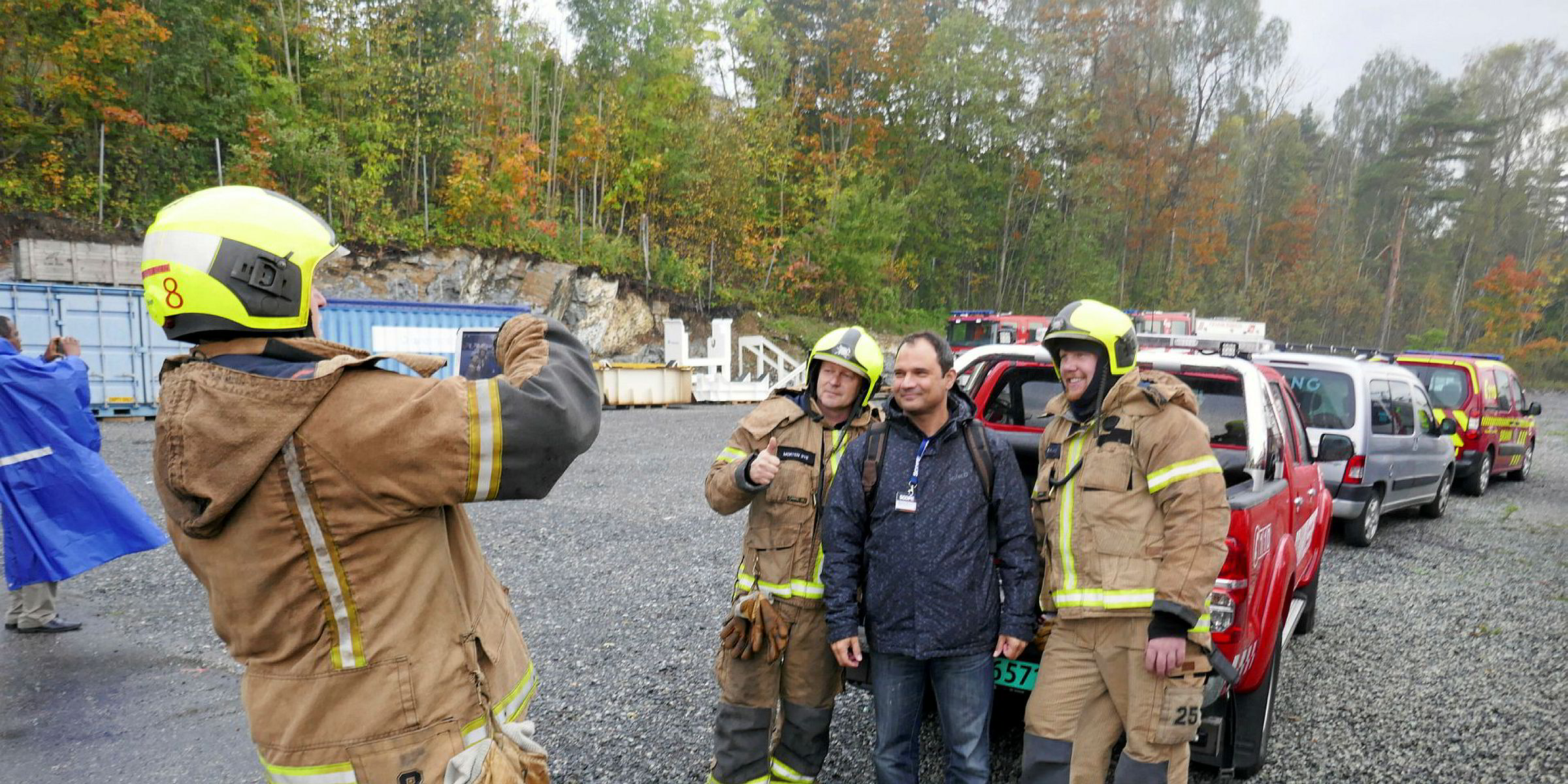
The rarity of major oil spills means frontline responders — such as police, firefighters, coastguard and civil defence — have relatively few chances to gain any firsthand knowledge without going through an actual crisis.
However, apart from the 36 hours of work for those on the frontline, the nine-month period of planning also proved to be a learning experience in itself.
Part of the challenge is the logistics of taking in the myriad of different national and international organisations, personnel, systems, equipment and procedures, and then getting them all to dovetail with each other efficiently in an emergency, when time is the great enemy.
“The most important measures in oil-spill preparedness are the preventative ones,” NCA emergency response director Johan Marius Ly said.
“An important part of spill response is being able to draw on neighbouring countries. One of the main reasons to have an event like Scope 2017 is to verify the national co-operation within all the different Norwegian organisations that make up our total contingency but also, not least, the international assistance that we will be able to receive.”
The findings and recommendations, after the next 15 months of evaluations, will be available not just to help strengthen Norway’s oil-spill contingencies but to validate or improve international responses.
NCA director general Kirsti Slotsvik echoed this, saying it was important for participants in exercise “to dare to fail and then talk about it” as the best way to learn and apply their experience and expertise.
Scope 2017, which included European Union (EU) funding of €1m and was held off the coast of Norway despite its non-membership in the union, was comprehensive in approach, having rescue and pollution response at sea and onshore.
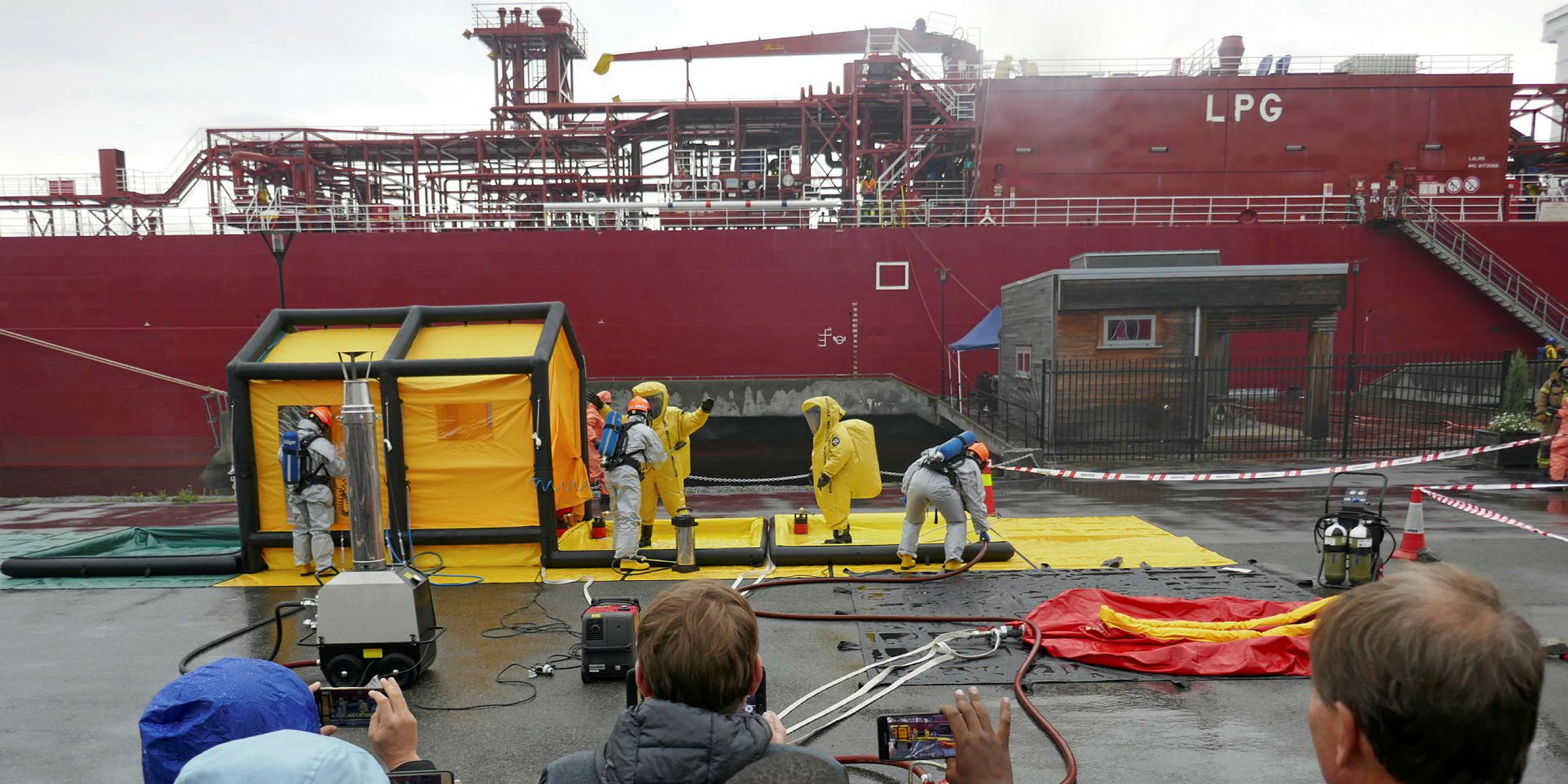
It even got down to the nitty-gritty of procedural workshops on notification and request for assistance, claims management and places of refuge for ships, which often are not included in other exercises.
EU commission exercise officer Arya Honarmand pointed out the value of these workshops. Honarmand, who works in the emergency response unit of the Directorate-General for Humanitarian Aid and Crisis Management, underscores how events such as Scope 2017 help identify risk, ensure the validity of procedures and develop new ones.
Scope 2017 was comprehensive in multinational involvement, in terms of the participants and the number of actual assets deployed.
In total, 44 countries were represented, with about 600 people involved in the exercise, including 90 observers. Visiting through Norway’s popular Oil for Development programme were maritime safety representatives from Kenya, Mozambique and Tanzania. The observer to travel the farthest was from the maritime safety body in New Zealand.
There were 30 participating organisations and five countries taking direct part in operations, with 18 large vessels, 11 small ships, two drones, two surveillance aeroplanes, one rescue helicopter and 1.3 kilometres (0.8 miles) of oil booms.
The mock collision in the exercise was complex, with an oil tanker spilling heavy fuel and a chemical carrier also spewing ammonia. This created a double-jeopardy incident for responders, who began the scenario with no more information than they would have had in real life.
Statoil provided the vessel for the scenario, using Norwegian private owner Solvang’s 12,660-cbm LPG carrier Clipper Harald (built 1999). This ship was also towed to port, where firefighters worked to stop the mock ammonia leak and decontaminate crew.
The organisers dumped unpopped popcorn kernels into the sea to serve as a floating, environmentally friendly substitute for oil-collection vessels. There was enough popcorn to represent a slick of 1,000 cubic metres (220,000 gallons) of spilled oil.
Rather symbolically, Scope 2017 was held off Langesund, Norway, which is in the region where the 26,800-dwt bulker Full City (built 1995) ran aground in 2009. About 700 tonnes of bunker fuel polluted 75 miles (120 kilometres) of Norway’s coast, including highly sensitive areas.
